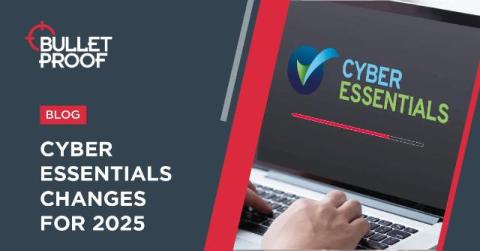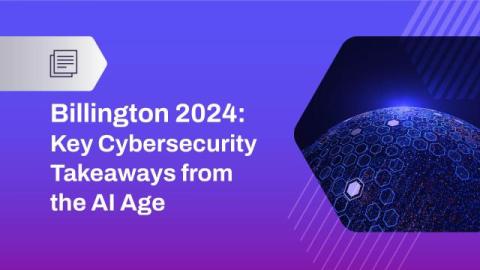Announcing four new administrator controls for 1Password Business
Balancing robust security with user-friendly access is no small feat. As security professionals, you’ve shared the challenges you face—managing security across a diverse workforce, visibility into security issues, streamlining onboarding and offboarding processes, and ensuring compliance with regulatory requirements. And we’ve listened.











